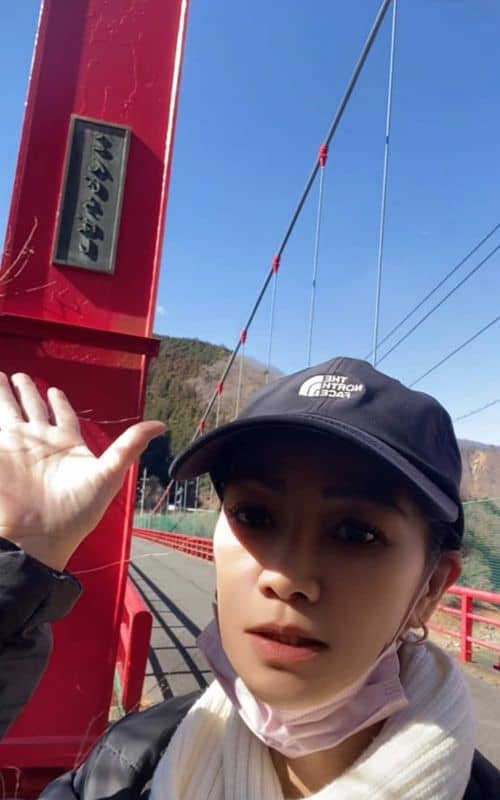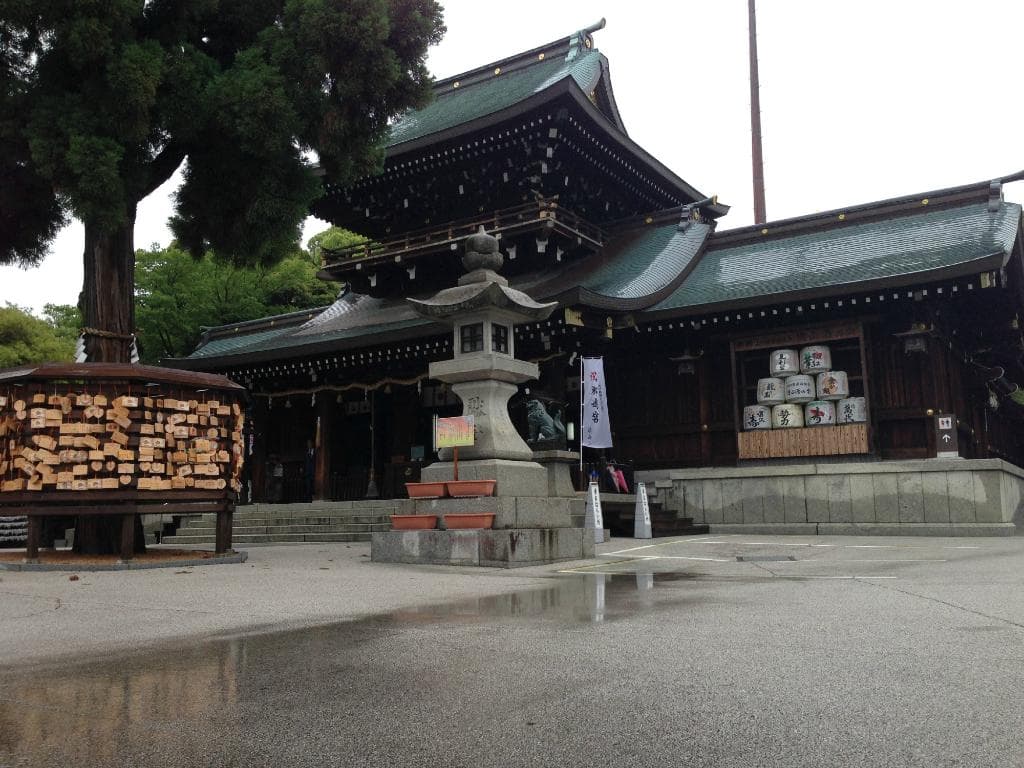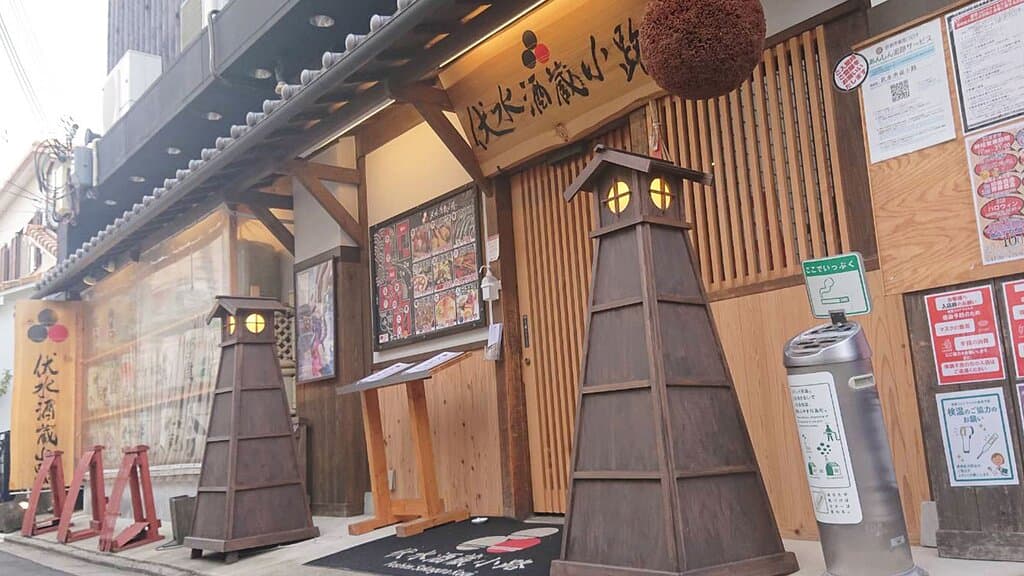Yawata Nagarebashi
A unique wooden bridge designed to float away in floods, set amidst serene tea plantations in Yawata, Kyoto.
Highlights
Must-see attractions

Social
From TikTok & Reddit
Best Time
Best light for photos
Yawata Nagarebashi
Best Time
Best light for photos
Highlights
Must-see attractions
A unique wooden bridge designed to float away in floods, set amidst serene tea plantations in Yawata, Kyoto.
"A photographic marvel with a clever design that embraces nature's power."
🚶♀️ Walk with Caution
No railings! Be mindful of your steps, especially with kids. The wooden planks can be uneven.
🚴 Bike to the Bridge
Rent a bike to enjoy the scenic ride through tea plantations. It's about 6km from the station.
Highlights
Discover the most iconic attractions and experiences
The Nagarebashi Bridge
Yawata City, Kyoto
A long, wooden pedestrian bridge with no railings, designed to withstand floods by allowing its deck to be swept away and reassembled.
Surrounding Tea Plantations
Scenic views of lush green tea fields that create a tranquil and picturesque atmosphere around the bridge.
Plans like a pro.
Thinks like you
Planning Your Visit
Embrace the Elements
Getting There & Around
Best Times
Insider Tips
from TikTok, Instagram & Reddit
🚶♀️ Walk with Caution
No railings! Be mindful of your steps, especially with kids. The wooden planks can be uneven.
🚴 Bike to the Bridge
Rent a bike to enjoy the scenic ride through tea plantations. It's about 6km from the station.
🌦️ Check the Weather
The bridge can close during rainy seasons or if river levels are high.
📸 Photogenic Spot
The minimalist design and natural surroundings make for stunning photos.
Tips
from all over the internet
🚶♀️ Walk with Caution
No railings! Be mindful of your steps, especially with kids. The wooden planks can be uneven.
🚴 Bike to the Bridge
Rent a bike to enjoy the scenic ride through tea plantations. It's about 6km from the station.
🌦️ Check the Weather
The bridge can close during rainy seasons or if river levels are high.
📸 Photogenic Spot
The minimalist design and natural surroundings make for stunning photos.
What Travellers Say
Reviews Summary
Visitors find Yawata Nagarebashi to be a highly photographic and unique spot, appreciating its innovative design that harmonizes with nature. The surrounding tea plantations add to its scenic charm. However, the lack of railings makes it a potentially risky place for active children, and its remote location requires some planning for access.
"Very photographic awesome place. Bit risky if you are going with active kids but rather than quite enjoyable."
S M Owasiul Islam Owasi
"In 1953 a bridge was built here to replace a ferry. It was a traditional 'nagarebashi', a bridge designed with a deck that could be swept away if the river reached full spate with a fierce flow. As long as the piers remain, the deck could be replaced. To minimize the catching of flotsam during inundation, nagarebashi have no rails along their edges. This makes for a different experience of river crossing, particularly if the deck is about 400 m, as at Kozuyabashi.
Unfortunately, between 1953 and 2019 decks were washed away 23 times, and in 2011, piers were also destroyed. During reconstruction in 2016, the deck was raised 75 cm and the number of piers reduced from 73 to 40. While the bridge is less picturesque than it used to be, the experience of crossing it is still worth it.
Nearby Shikisaikan is a farmers market at which there is also a restaurant serving local produce."
Ant ManBee
"6 kilometers from trains station ,but you can go bikes,"
Khry Nov
What People Like
What People Dislike
Frequently Asked Questions
🚇 🗺️ Getting There
You can reach Yawata Nagarebashi by Keihan Bus from Iwashimizu-Hachimangu Station or Yodo Station. It's also about 6 kilometers from the nearest train station, making biking a popular option.
Public bus access is available, with stops like Kozuya-Nagarebashi and Sayama. However, many visitors opt to bike from the train station for a more scenic journey.
While specific parking details aren't widely advertised, driving is an option. Consider checking local resources or arriving early to find suitable parking. Biking is often recommended for the best experience.
Renting a bicycle is highly recommended to fully appreciate the surrounding tea plantations and enjoy the journey to the bridge.
The bridge is approximately 6 kilometers from the nearest train station, so plan for onward travel via bus or bicycle.
🎫 🎫 Tickets & Entry
Yawata Nagarebashi is a public pedestrian bridge and does not typically require an entrance fee. Enjoy the natural beauty freely.
The bridge is generally accessible at all times, but it may be closed during periods of heavy rain or high river flow for safety reasons.
No, there is no admission fee to walk across the Yawata Nagarebashi bridge. It's a free public access point.
The bridge can be closed during the rainy season or when the river's water level is high due to its design.
While there are no official closing hours, visiting during daylight hours is recommended for safety due to the lack of railings and the rustic nature of the bridge.
📸 📸 Photography
The entire length of the bridge offers unique photographic opportunities. Capture the minimalist wooden structure against the backdrop of tea plantations and the river.
Absolutely! The serene tea fields and the distinctive design of the Nagarebashi bridge make it an excellent location for landscape photography.
Early morning or late afternoon often provide the best light for photography, with softer shadows and a more atmospheric feel.
There are no specific restrictions on photography for personal use. However, always be respectful of the environment and any other visitors.
A wide-angle lens is great for capturing the full length of the bridge and the surrounding landscape. A standard zoom lens is versatile for various shots.
🎫 🚶♀️ Onsite Experience
Walking across the bridge is a unique experience due to its lack of railings and wooden plank construction. It offers a sense of connection with the river and nature.
The bridge is designed to be safe when used with caution. However, the absence of railings requires extra care, especially for children or those with mobility issues.
The bridge is approximately 400 meters long, offering a substantial walk through a beautiful natural setting.
Nearby, you can find Shikisaikan, a farmers' market with a restaurant serving local produce, offering a pleasant stop after your bridge walk.
Comfortable walking shoes are essential due to the wooden planks. Dress in layers as the weather can change, and consider sun protection.
For Different Travelers
Tailored advice for your travel style
👨👩👧 Families with Kids
For a more relaxed experience, consider visiting during less crowded times. The nearby Shikisaikan farmers market and restaurant can be a good spot for a break and a meal, offering a change of pace from the bridge itself. Ensure everyone wears comfortable shoes suitable for walking on wooden planks.
🚴 Cyclists and Nature Lovers
The bridge's unique design, meant to withstand natural elements, and its setting amidst lush greenery offer a tranquil escape. It's a perfect spot for photography enthusiasts and anyone seeking a peaceful, less-trodden path in Kyoto. Combine your visit with a stop at the local farmers' market for a truly authentic experience.
Deep Dives
In-depth insights and expert knowledge
The Ingenious Design of Nagarebashi
This design choice also dictates the bridge's unique aesthetic and user experience. With no railings along its edges, the bridge offers an unobstructed, immersive connection to the river and its surroundings. While this adds to its charm and photographic appeal, it also necessitates a cautious approach from visitors. The experience of crossing is a testament to the harmonious relationship between human ingenuity and the natural environment, a concept deeply rooted in Japanese culture.
Exploring the Surrounding Landscape
Beyond the immediate vicinity of the bridge, the nearby Shikisaikan offers a delightful extension to your visit. This local farmers' market is a great place to sample and purchase fresh, regional produce. It also features a restaurant where you can enjoy meals made with these local ingredients, providing a taste of authentic Kyoto cuisine. Combining a walk across the Nagarebashi with a visit to Shikisaikan offers a well-rounded experience of local life and natural beauty.





Social
from TikTok, Instagram & Reddit